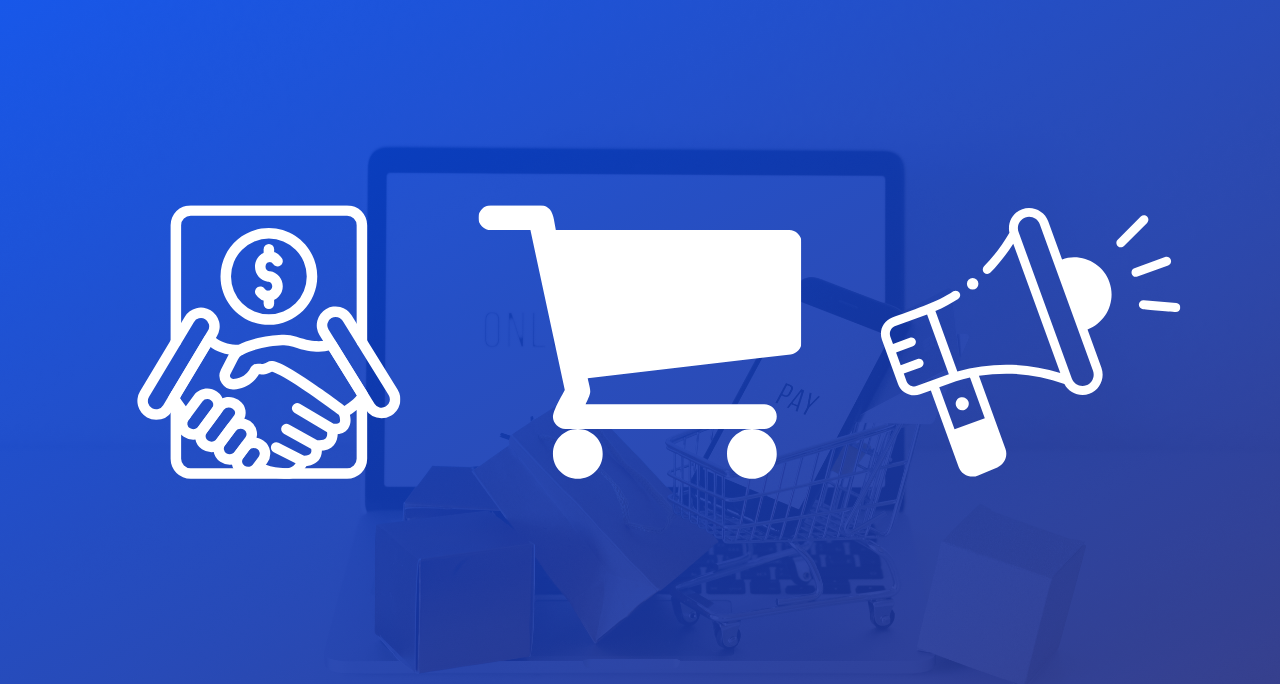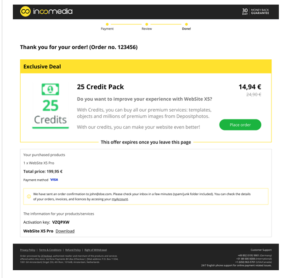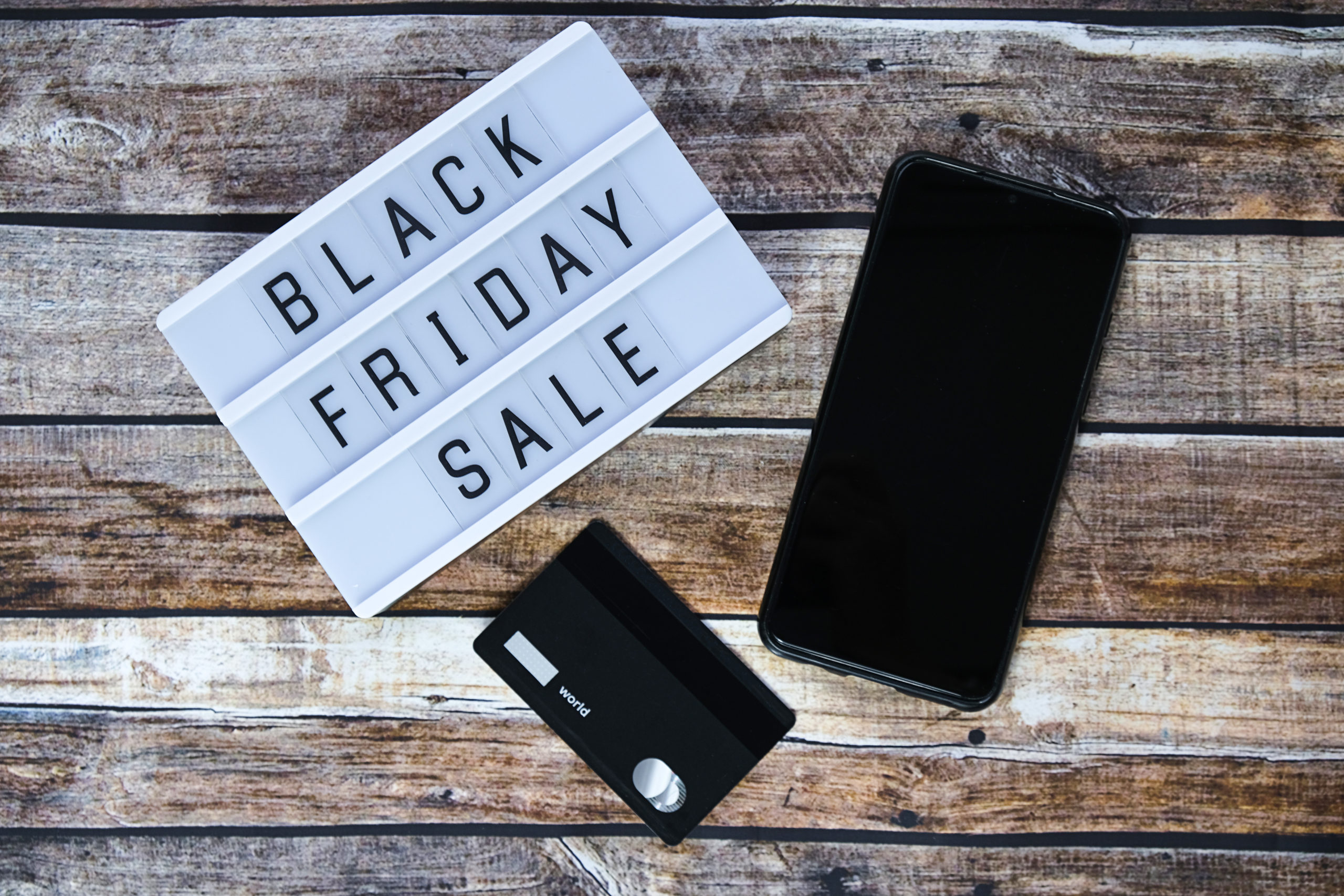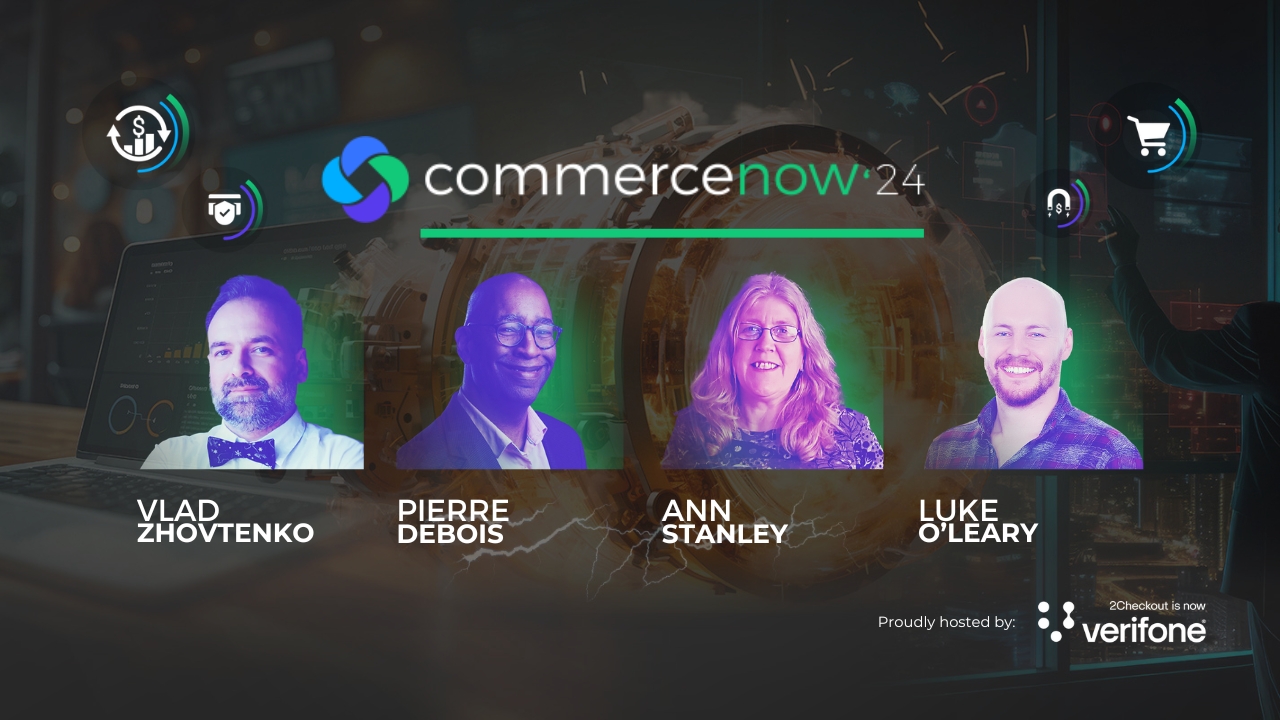Updated December 2023
Online companies face unique challenges on the road to profitability. In the rush to generate revenue and build a customer base, high churn rates and an inability to scale can quickly derail even the best-laid profitability plan. What typically separates the companies that reach profitability from those that don’t is the ability to leverage existing customers. As many businesses quickly discover, it is existing customers, not acquisitions, who are the best and most cost-effective sources of new revenue.
Online consumers expect you to do your best to meet their needs, and as eCommerce becomes increasingly competitive, you need to do everything you can to ensure their happiness. One way to show that you are thinking about them and striving to nurture their interests and habits is to offer product recommendations. Cross-selling and up-selling are two of the most popular ways to do this.
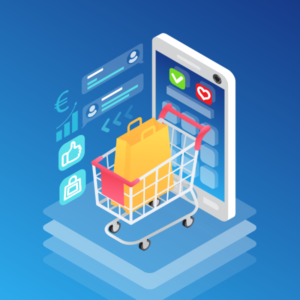
Having said that, it would be helpful to have a quick review of what these terms imply and what differentiates the two.
Upselling focuses on incentivizing the customer to purchase a more expensive product than the one they initially intended to purchase. The purpose of this strategy is to increase the value of the sale by redirecting the customer to a premium version of the product or an equivalent, more expensive one.
When it comes to cross-selling, however, features are at the core and it’s critical that you demonstrate how the features of the two products will work together to improve the customer’s experience with the original product.
If your goal is to sell multiple products, this is where cross-selling must be considered, and persuasive data supports it: according to McKinsey, cross-selling increases revenue by 20 percent and profitability by 30 percent.
In this article, we’ll keep an eagle eye on some of the most efficient tactics that can help you get the most out of your cross-sell strategy.
Get the logistics right
First, it’s important to remember that cross-selling in the shopping cart can easily get out-of-hand, becoming a nuisance for the customer instead of a benefit. Be sure that the product you are cross-selling complements the main product and costs less. Also, don’t offer more than three products, and place the product you hope to sell the most in the middle. Don’t confuse the customer by throwing a pile of products and solutions at them. Finally, show them examples of what other customers like them are purchasing. You can present it in terms like “ten other software companies added the x module to their purchase,” or “customers like you rated the x module with five stars.”
Analyze buying habits

Your best data comes from existing customers. Mine your data based on what customers purchased together in certain categories. Then, come up with a strategy that creates the most efficient cross-selling recommendations for each category. In this way, you are predicting future behaviors based on past behaviors. Keep in mind, however, that behaviors can change. Part of your strategy must also include monitoring and updating buying habits. One secret ingredient is to be as convincing as possible. Perfect your selling pitch and make sure you thoroughly emphasize to your customers why they need the additional product you’re offering and how it perfectly meets an unfulfilled need.
Pay close attention to selecting the relevant combination of products.
Relevance is key. When pairing products together you need to ask yourself several questions. Do they have common capabilities? Would it be logical for the consumer to buy them together?
The cross-selling campaign must offer products that are related to the one the customer has in their shopping cart. One way to ensure that is to analyze what challenges and needs the product meets and how the consumer will benefit from it. By taking a proactive approach to cross-selling, you can show your customers that you understand their needs and are committed to helping them find the best solutions.
For SaaS or software companies, a practical application of this tactic is to find ways to bring forward additional features or add-ons of your products, or perhaps offer complementary pricing plans.
Use incentives and CTAs to create a sense of urgency

Sometimes customers just need a little push. Creating a sense of urgency will motivate them into thinking again about the opportunity and making the purchasing decision, so they don’t miss out. Discounts, one-time offers, limited offers, limited product/features, or even special bonuses will incentivize people to buy your product so they won’t miss out on a unique offering.
Another way to make use of this strategy is to include compelling CTAs in your copy. Words can be powerful if you can make your speech persuasive and embrace the customers’ point of view.
Repurpose client testimonials
We live in a very digitalized world, and there seems to be an ad behind every click. Usually, these ads come with all sorts of messages. Customers have become immune and even distressed when businesses try to deliver an offer, even when they are going out of their way to make their selling speech objective.
One constant is that people buy products based on other people’s recommendations or reviews. Include testimonials where buyers relate experiences with your products that impacted them positively; this will build trust and even forge a community of allied customers.
If you don’t have room for a full review, you can always include a section for “customers who bought this also bought this,” which has proven to be effective.
Think of solutions

Customers in any industry start the purchase process by looking for a solution to a need or problem. Cross-sell by promoting solutions, instead of additional products. Your solution should be a “no-brainer.” With data you have gathered throughout the sales funnel, customize products you know will solve the customer’s needs. For example, instead of promoting product X as an engagement module, simply say “let customers see your human side with effective engagement.” Have an icon that represents this module that customers can click on to learn more.
Include a Pop-Up
Pop-ups have been the go-to tool for eCommerce marketing for a long time, and for good reason. Sumo reports that pop-ups have an average conversion rate of 3%. The top pop-ups, on the other hand, have a conversion rate of closer to 10%. A lot of this success is due to the timing of the pop-up. Cross-selling with a pop-up is much easier when you’re already targeting customers who are ready to spend.
A poor cross-selling strategy can lead to “shopping cart abandonment.” Overwhelming customers, not clearly stating what is being offered, and simply bombarding them with an aggressive sales pitch can irritate them after you’ve worked so hard to get them down the sales funnel. Avoid that situation by showing that you understand the customer’s needs, even during the shopping cart process. While cross-selling may be an automated process, effective data mining will help you provide customized recommendations that clients perceive as just what they need.
How can 2Checkout (now Verifone) help you improve your cross-selling process?
The 2Checkout Monetization Platform helps businesses navigate the dynamic challenges of this all-digital era in the context of their needs to adapt and excel. In today’s world of personalized experiences, the conventional approach to customer checkouts is no longer sufficient. We understand the importance of personalized interactions and have created a selection of checkout experiences tailored to each customer’s individual preferences. Our goal is to enable merchants to direct customers seamlessly from start to finish. Our merchants can use different Marketing Tools, including cross-selling support with ConvertPlus and InLine shopping carts.
ConvertPlus and InLine can support cross-selling with not just one recommended product, but a carousel with two or three. Not only will this help boost average order value and sales, but it’ll also help boost customer satisfaction by offering products that complement the one the user originally chose or providing special offers.
EaseUS, a data recovery software, turned to Verifone’s CRO team for checkout optimization suggestions and to pursue our default platform cross-sell design, hoping to elevate their online performance. This ultimately resulted in a five-times increase in their cross-sell revenue.
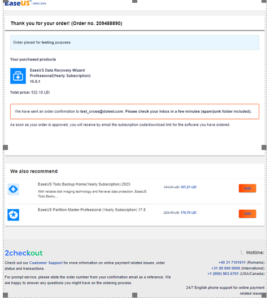
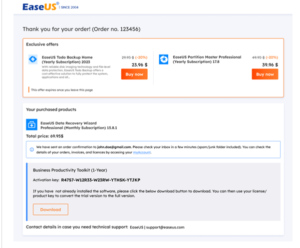
Source: 2Checkout (now Verifone)
We conducted another successful project with Incomedia, a software solutions developer company that helps businesses create their own website and digital content.
We collaborated with Incomedia to perform an A/B test that strived to answer the following question: “Between displaying a cross-sell campaign in the Checkout vs in the Thank You Page, which generated higher revenue? And between showing one product with a detailed description versus showing 2 to 3 products with no description (or very limited in terms of text), which generated higher revenue?”
The results were clear: there was a 15% increase in conversion rate during the test and after implementation when displaying the cross-selling campaign in the Thank You Page and including a detailed product description.
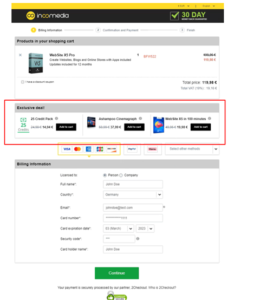
Source: 2Checkout (now Verifone)
Conclusion
Cross-selling can be a tricky thing to master, and you might find that your customers are hesitant in engaging with your selling efforts.
As you experiment with various types and techniques of cross-selling, use these 7 strategies to help you navigate the process. By measuring your progress and making improvements based on what works best for your target audience, you can quickly grow your online business and become an important player in the industry.
So, there you have it! If you want to know how you can leverage our digital commerce services to grow your business, download our solutions.

